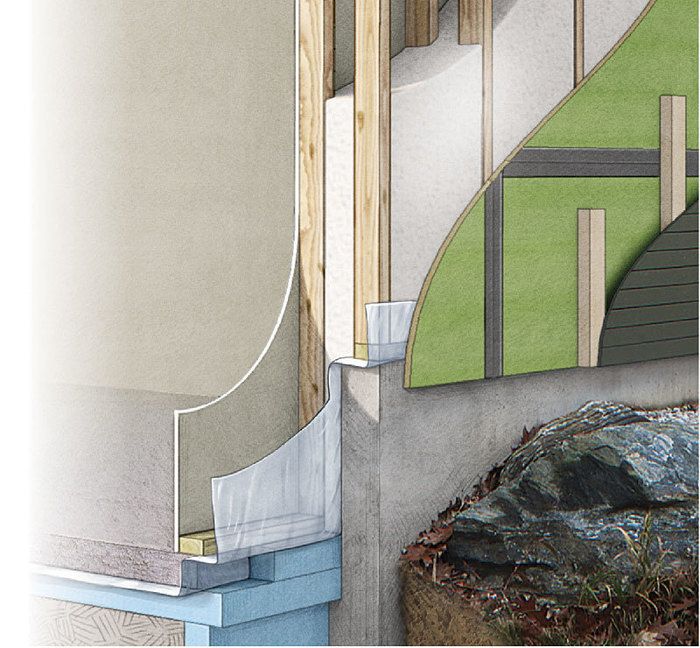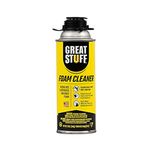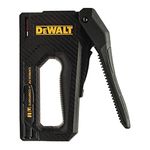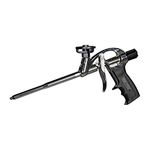Why Do We Need Control Layers?
Understand the different roles of air barriers, vapor barriers, water-resistive barriers, and insulation.

The purpose of a building enclosure is to control the transmission of air, water (liquid and vapor), and heat. We use different materials in houses to achieve the various levels of control we need, and what any one house needs depends on the climate and on what its occupants do when they’re inside.
These materials often are described as control layers. A properly enclosed house has a water-vapor control layer, a liquid-water control layer, an air control layer, and a thermal (heat) control layer. Calling them all control layers reminds us that they have a similar task, but they are more commonly known by other names: The water-vapor control layer is also called a vapor retarder or vapor barrier, the liquid-water control layer is also called the drainage plane or the water-resistive barrier (WRB), the air control layer is also called an air barrier, and the thermal control layer is also called insulation. I encounter lots of confusion around the differences among these control layers. While the details of how each one works in relation to the others in any particular house can get complex, the basic distinctions are simple.
Do I need a vapor barrier?
The biggest point of confusion seems to be about what a vapor barrier is. Most often, people say they need a vapor barrier when they really mean they need a WRB. Housewrap is great for controlling liquid water, but most of the ones used are not vapor barriers, nor do they need to be. For example, DuPont’s Tyvek HomeWrap has a vapor permeance of 58 perms, putting it way into the vapor-permeable range. (A material is considered vapor permeable if it has a value greater than 10 perms.) It’s generally more important for building assemblies to be able to dry out than it is to prevent water vapor from moving into them.
A vapor barrier, also known as a Class I vapor retarder, is a material such as polyethylene or metal. When you put one in an assembly, it lets almost no water vapor diffuse through. About the only places you need to use a full-blown vapor barrier are under a slab or when you encapsulate a crawlspace.
Housewrap is the most common material used as a WRB. It keeps water that gets behind the siding from damaging the sheathing. If the sheathing does get wet, housewrap’s high vapor permeance allows it to dry. Housewrap is rarely installed well enough to be a good air barrier, but that’s OK because in most homes it’s stapled to a material that, when properly taped, is: plywood or OSB.
What does insulation do?
I also frequently encounter confusion about what insulation controls. Insulation is available in both air-permeable (fiberglass and cellulose) and air-impermeable (spray foam and rigid foam) forms. Putting in more fiberglass or cellulose insulation won’t give you the airtightness you need in a house. Those fluffy insulation materials are thermal control layers but not air control layers. Spray foam and rigid foam of the proper thickness are both. Open-cell spray foam can control heat and air, but not water vapor or liquid water. Closed-cell foam can control heat, air, water vapor, and liquid water. Rigid-foam insulation, depending on type and facings, also can control all four.
When you’re looking at plans or actual building assemblies, go through the materials layer by layer and identify the functions of each. Is the material controlling heat, air, liquid water, or water vapor? Is it controlling more than one? Even if it’s there for structural reasons, you need to know how it might affect the flow of heat, air, and moisture. OSB and plywood sheathing, for example, are vapor semipermeable and can reduce an assembly’s ability to dry.
Drawing: John Hartman
From Fine Homebuilding #246
Fine Homebuilding Recommended Products
Fine Homebuilding receives a commission for items purchased through links on this site, including Amazon Associates and other affiliate advertising programs.

Great Stuff Foam Cleaner

Staple Gun

Foam Gun





View Comments
I'm building a 180-sq.-foot backyard studio in relatively mild, rainy Corvallis, Oregon, on sonotubes. The space will be heated. Should I staple polyethylene to the underside of the floor joists and put black plastic on the ground below? Also, any suggestions for a material to enclose the perimeter of the crawlspace? Thanks.
We are paying for a service. I suggest that you answer this 8 month old question. And this one.....
What's the harm or good of putting Tyvek faced to the outside (same orientation as the exterior applied stuff) on the inside of the wall over unfaced insulation just under the sheetrock? I was taught 30 yrs ago to use vapor barrier in this location on the interior wall - what's the harm or good from that? Any better than the Tyvek application I describe above?
For Close_enough
Major big time difference between putting Tyvek behind the sheet rock instead of a vapor barrier such as 6 mil poly. If you are building where there are many days with temperatures below freezing & you do not put a vapor barrier under the sheet rock, you could end up with solid blocks of ice inside your walls. Depending on the composition of your wall system, brick or cladding plywood studs etc., between the cold outside face of the wall & the warm inside face of the wall is called the "dew" point. The vapor barrier is intended to keep the warm moist air from getting into a zone on the cold side of the dew point and freezing inside your wall.
Tyvek as mentioned above is air permeable, this will allow moist air from inside the house getting "trapped" or "frozen" inside you wall.
Strongly recommend you go with what you learned 30 years ago, stick with the vapor barrier behind the sheet rock.
Cheers
There is indeed so much confusion around control layers. I feel like most people who teach about this concept assume that the learner knows more than they do. Allison teaches it right. Thank you Allison for demystifying this.